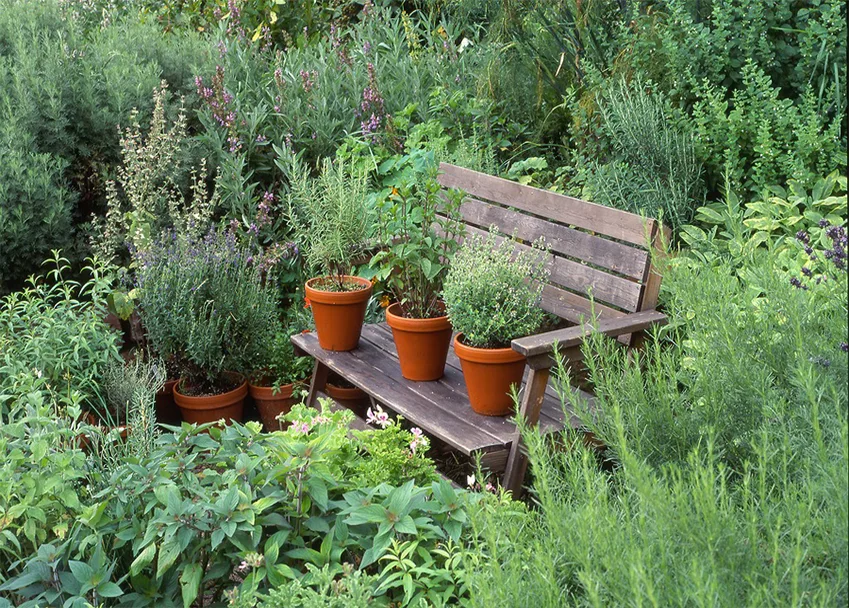This is a course for people who already have a basic understanding of permaculture; who are looking to move their knowledge to the next level.
Our team of tutors have extensive experience in production horticulture and sustainable land management as well as permaculture; and come from across both Australia and the UK. We have crammed a lot of information into this study program, and for those who are up to the challenge it can be an excellent way to develop your permaculture expertise beyond where it currently is.
You will learn:
-
- Understand use and establishment of Permaculture gardens.
- Understand basic principles of permaculture design.
- Understand the role and function of zones in permaculture systems.
- Develop knowledge of natural pest, disease, and weed control methods.
- Understand the principles behind companion planting, and its function in permaculture gardens.
- Understand the features of, and applications for appropriate technology in permaculture design.
- Develop knowledge of the use of water gardens in permaculture design.
- Develop knowledge of a range of plants suitable for permaculture systems.
- Develop knowledge of a range of plants suitable for permaculture systems.
- Design a Mandala garden.
Detailed Course Outline
This course is made up a number of lessons or units. Each of these has self assessment questions, a set task (practical homework) and an assignment which you can upload online.
There are 10 lessons in this course:
1. Permaculture Gardens –Different Garden Systems
-
- Ways of growing plants
- Environmental conditions
- Plant establishment
- Growing in spirals
- No Dig Beds or Composting Mounds
- Organic Growing
- Trickle or Drip Irrigation
- Mulching
- Common types of organic mulch
- Problems with mulching
- Tree guards
- Reduced cultivation
- Crop rotation
- Establishing plants on slopes –pocket planting, slope serration, wattling
- Planting on arid sites
- Direct seeding and Spray seeding
- No till planting in lawns
- Raised beds
- Growing in pots
- Biodynamic principles
- Soil degradation
- Understanding and managing erosion
- Salinity
- Soil acidification
- Soil compaction
- Chemical residues in soils
- Improving damaged soils
2. Design –Planning Techniques and Skills
-
- The design process
- Gathering information and pre planning
- Planning and design
- Drawing the permaculture plan
- Design Procedure – thirteen steps
- How to represent different components on a drawn plan
- Criteria for choosing the plants
- Maintaining biodiversity in permaculture
- Designing for low maintenance
- Plants for small places
- Lime loving plants
- Useful conifers
- Nut producing conifers
- Other edible parts of conifers
- Conifers as a source of oils, resins, building timber
- Cypress and Pines
3. Sector Planning
-
- Designing and Planting a firebreak
- Fire prone areas
- How to arrange a firebreak
- Considerations
- Fire resistant plants
- Windbreaks, hedges and screens
- Hedges for different conditions
- Plants for windbreaks
- Long narrow spaces
- Growing plants in shade
- Plants suited to full shade
- Frost hardy plants
- Coastal planting
- Strategies for dealing with salt and wind
- Hardy plants for inner city gardens
- Pollution resistant plants
- Nuts to grow in Permaculture
4. Design for Natural Pest, Disease and Weed Control
-
- Understanding natural pest control
- Bio control
- Advantages and disadvantages of bio control
- Natural pest controls with herb extracts
- Other techniques for natural insect control
- Understanding insecticidal properties of different plants
- Natural weed control
- Weed control with cultivation, mulch biological controls, grazing, etc.
- Growing grain crops on a small scale
- Hull less oats
- Amaranth and Quinoa
- Corn
- Flours
5. Complimentary Planting -Companion Planting
-
- How reliable is companion planting
- Repellent plants
- Attractant plants
- Plants that impact on the soil conditions
- Planting combinations that may be mutually beneficial
- Combinations sometimes considered undesirable
- Plants that can improve soil –alfalfa, borage, caraway and others explained.
- Green manure crops
- Decoy plants
- Nitrogen fixation
- Legumes in permaculture
- Cover crops
- Grain crops
- Plants for pets –dogs, cats, poultry
6. Appropriate Technology in Permaculture Design
-
- Energy conservation technology
- Building biology
- Environmental impact on buildings
- Climate
- Building location
- Radon
- Air quality and allergies
- Temperature and humidity
- Light
- EMR and creation of electric fields
- Solar energy
- Greenhouses: design and function
- Passive solar energy collection and active systems
- Conservation and recycling
- Kitchen waste management
- Water saving measures
- Environmentally friendly gardening
- Growing Berries
- Strawberry growing
- Raspberry cultivation
- Bramble Berry growing
- Other berries –gooseberries, mulberry, etc
7. Water Gardens
-
- Planting in wet places
- Understanding wet areas
- Overcoming problems
- Plants suited to bog gardens
- Why have water in a permaculture garden
- Designing for wet places
- Managing water in sun or shade
- Water life
- Construction
- Waterproofing
- Managing a healthy pond
- Plants that can damage ponds
- Plants suitable for water –submerged, floating and bog plants
- Growing water chestnut
- Establishing a water garden
- Creating a pond with a liner
- Constructing a small dam or pond
- Waste water treatment with reed beds
8. Knowing Plants –Tree Crops
-
- What zone to grow in
- Orchard species suited to permaculture
- Understory plants
- Leguminous companions
- Actinorhizal companions
- Orchards
- Planning for intercrop species
- Tropical orchards
- Dry land orchards
- Fukuoka System
- Nut trees – Almond, Cashew, Chestnut, Filbert, American hazelnut, Macadamia, Peanut, Pecan, Pistachio, Walnut
- Harvest, storage and processing of nuts
- Nut toxins
- Fruit trees – Apples, Apricots, Peaches and nectarines, Citrus, Feijoa, Pomegranate, Olive, Plum
9. Knowing Plants – Vegetables and Herbs
-
- Choosing the right spot
- Considering the soil
- Feeding plants
- Plant when conditions are favourable
- Cultivation necessities – Mulching, Rotating crops, watering, Pest control
- Planting to maximize harvest
- Planting vegetables
- Disease resistance in vegetables –beans, corn, peas, lettuce, tomatoes.
- Vegetables – Artichokes, Asparagus, Beans, Beetroot, Broccoli, Brussel Sprouts, Capsicum Eggplant, Onions, Rhubarb, Silver beet Sweet potato, Tomato, Zucchini
- Herbs – Angelica, Artemisia, Balm, Basil, Calendula, Cardemom, Chamomile, Coriander, Lavender, Mint, Parsley, Rosemary, Sage, Thyme
- Allium –chives, garlic, shallots
- Other herbs
10. Giving the Garden a Central Focus
-
- The mandala garden concept
- Surfaces
- Keyhole beds
- Herb spirals
- Step by step construction of a mandala garden
- Centre pond
- Weed barrier
- Outside the Mandala
- Planting out
- Organic materials – ashes, feathers, hay, leaves, sawdust, prunings, etc.
- Mulching vegetables and herbs
When you have completed the lessons of your Certificate course, you will be given the option of taking the optional exam. It’s okay if you don’t want the exam, we still issue your Careerline Certificate. For Advanced Certificates however, the exam is compulsory (per module) and are included in the course fee.

